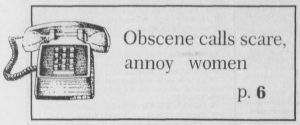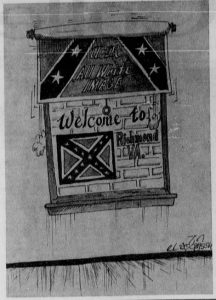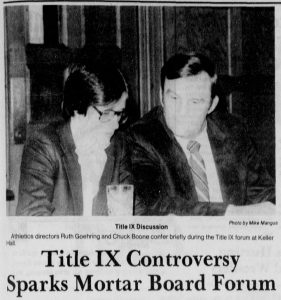During the Fall 2017 semester, 15 students took RHCS 412 Digital Memory & the Archive, a course exploring the intersections of history, memory, and archival research into UR history. The final project for this course was a team effort to use archival materials and other resources to craft a narrative related to the Race & Racism at the University of Richmond Project. Using archival materials, Collin Kavanaugh, Julia Marcellino, and Destiny Riley created a digital exhibit exploring the reactions of University of Richmond students and administration to the Civil Rights Act of 1964. They asked difficult questions about what compliance with federal legislation looked like, how the University reacted to integration, and how modern day issues around diversity and inclusion play out at the university today. In their own words:
Even today, through looking at the outreach that the University distributes to their prospective students, it seems as though they are projecting an image that does not necessarily reflect the current student body. In an article boasting that the incoming class of 2021 is the most diverse class yet, the University uses a photo that depicts four students, although the two minority students are not students of the class of 2021, but are actually part of the class of 2019. It would seem as though the University is continuing to have a strong disconnect between the projection of their student body and the actual make-up of the student body.
Collin Kavanaugh is a senior from East Hampton, New York, majoring in Leadership Studies at the Jepson School of Leadership Studies. Julia Marcellino is a senior from Berwyn, Pennsylvania, majoring in Rhetoric and Communication Studies and Dance, and minoring in Business Administration. Destiny Riley is a junior from Maumelle, Arkansas, majoring in Rhetoric & Communication Studies and double minoring in Sociology and American Studies.
Click here to check out their exhibit “Resistance & Complaince” on memory.richmond.edu






